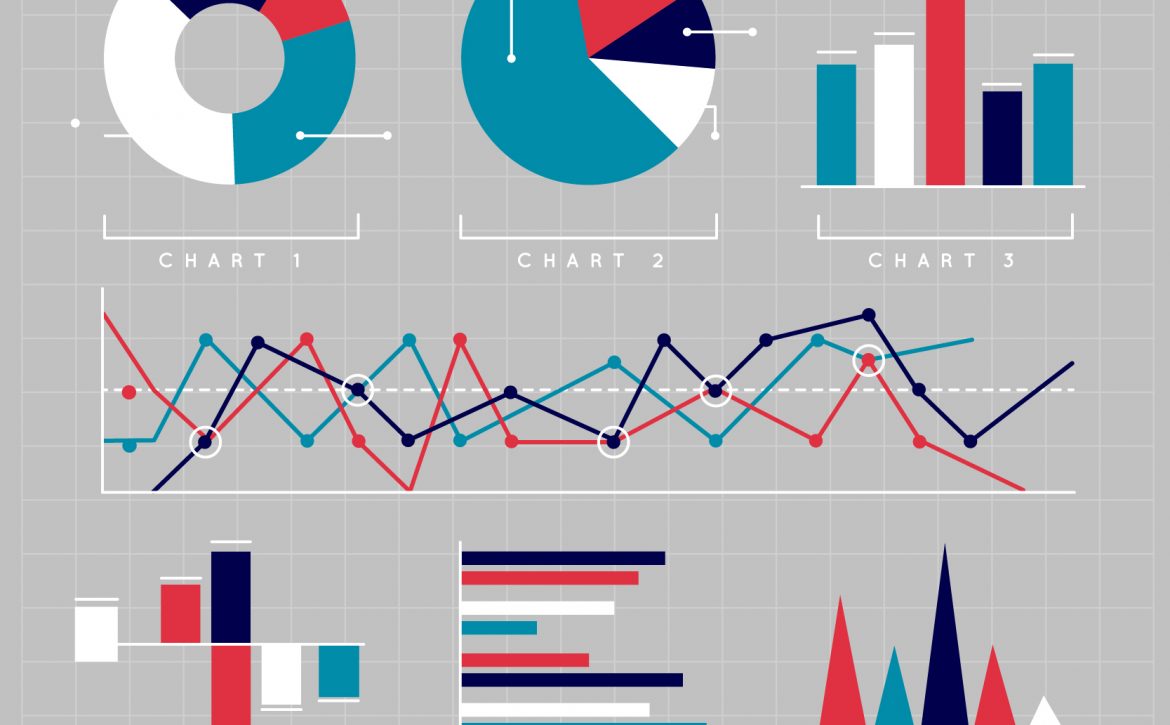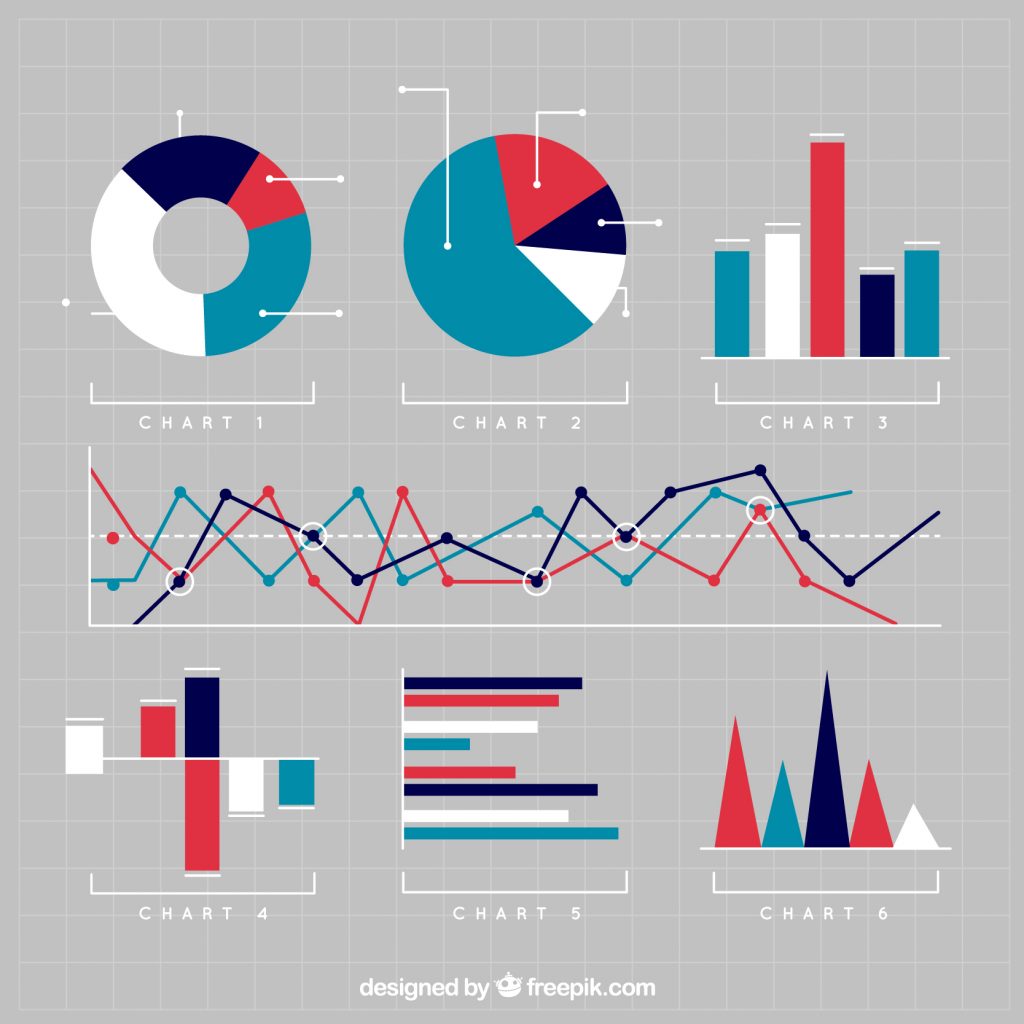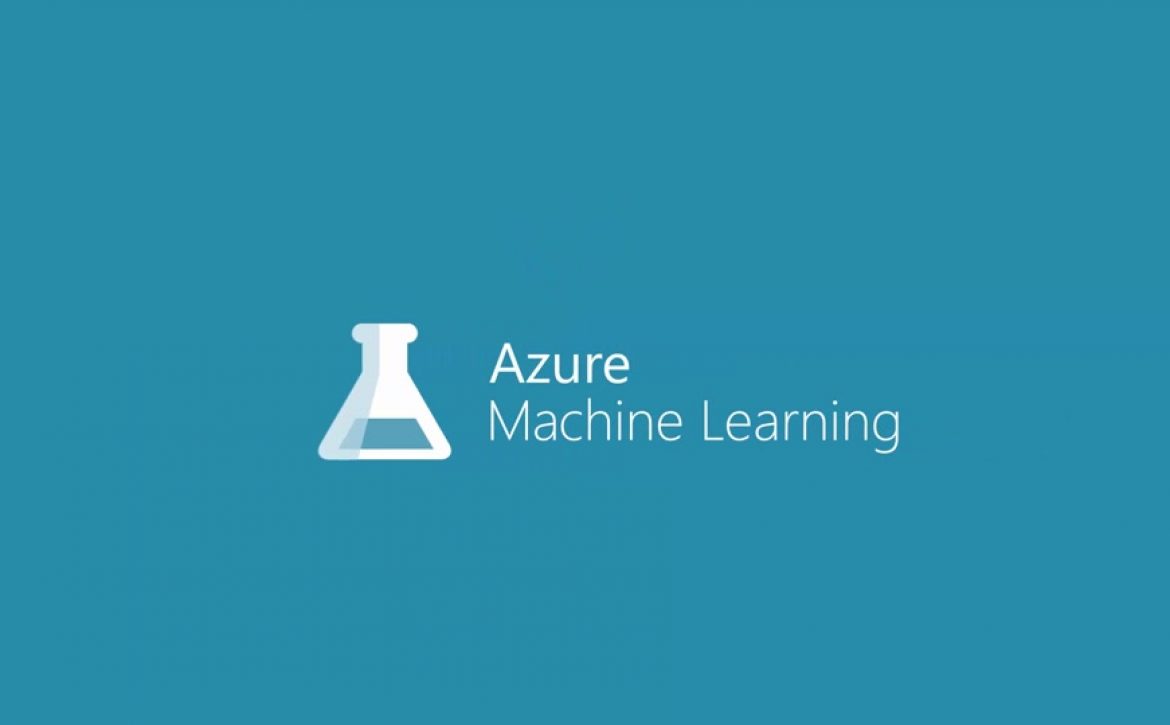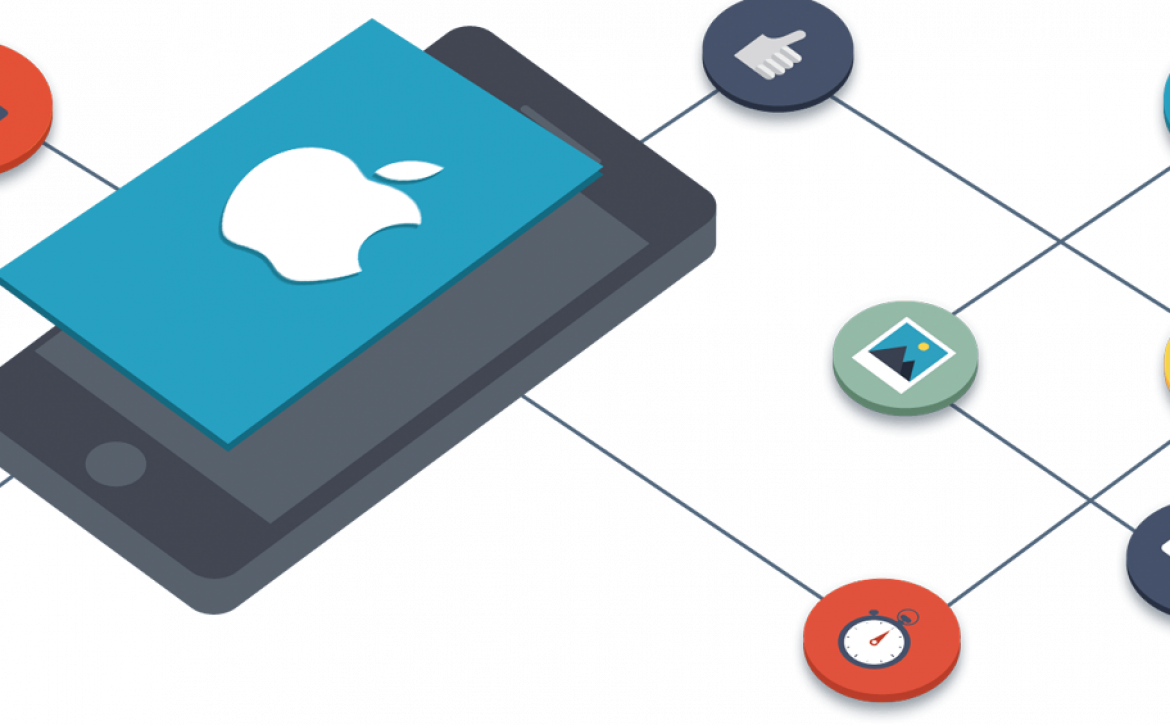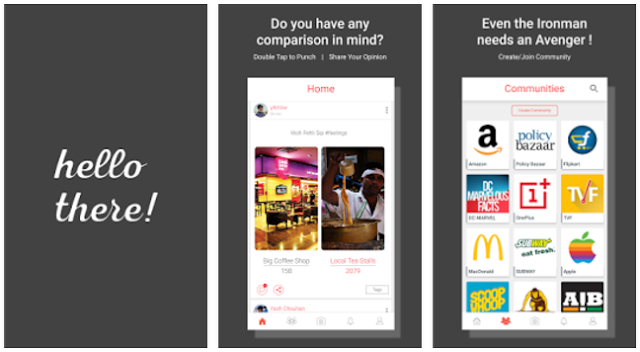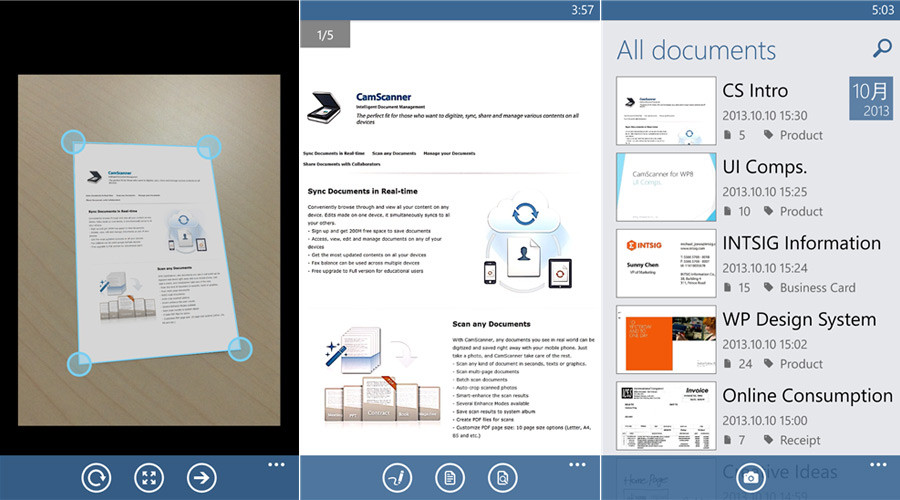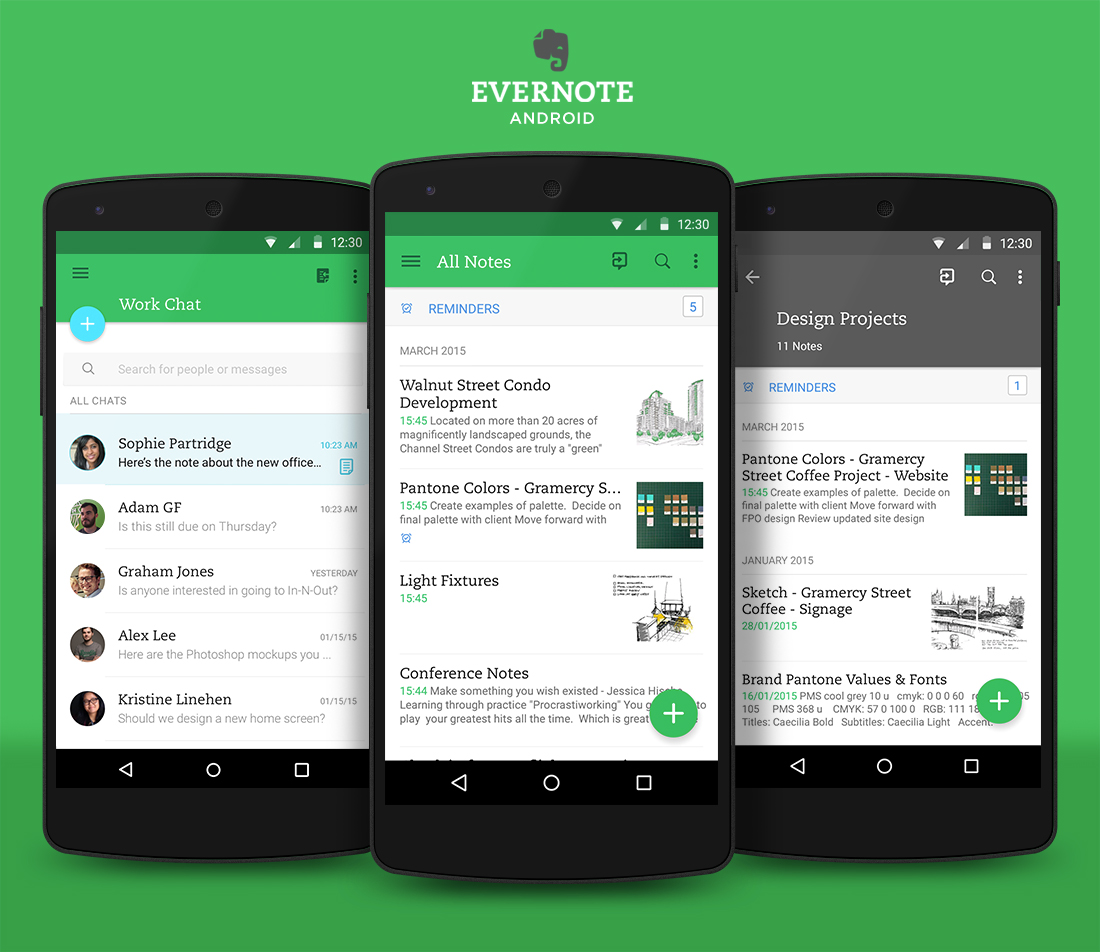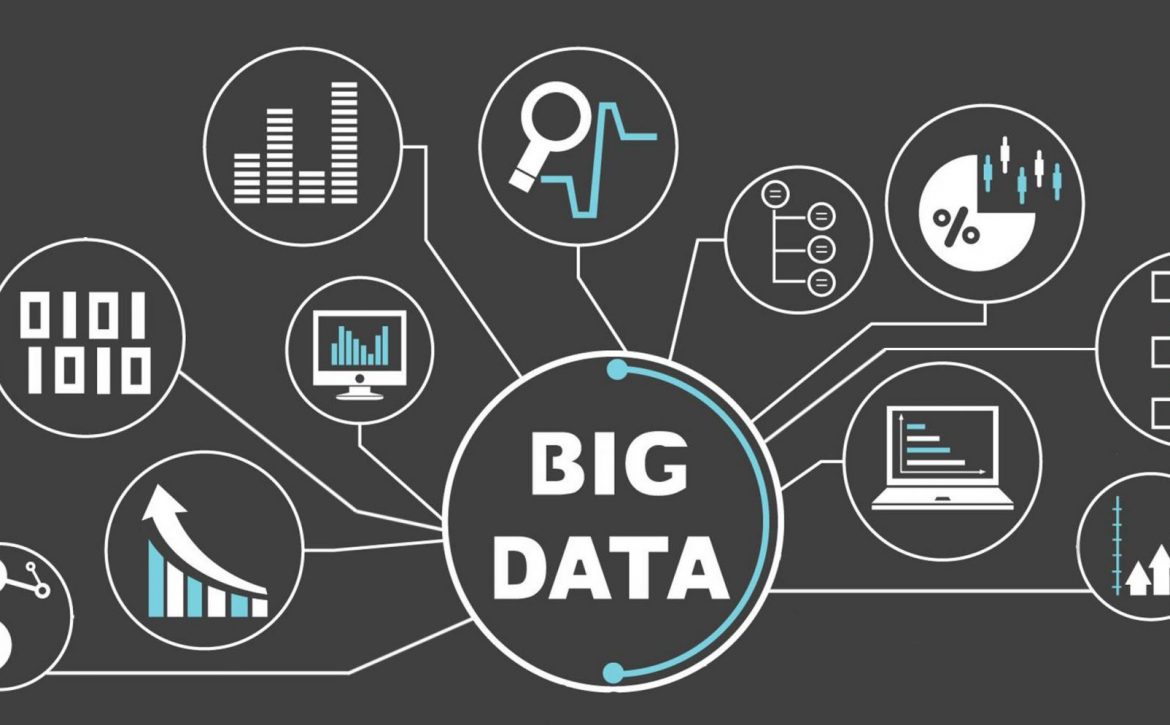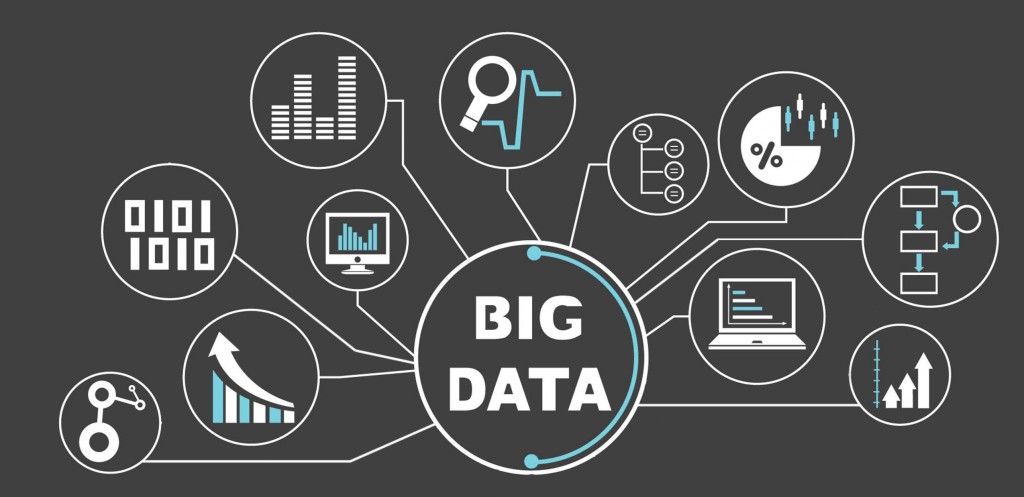The Best-Kept Secrets of High-Performing Mobile Apps in 2026
Introduction
In an era where mobile experiences define brand perception and user loyalty, delivering a high-performing mobile app is no longer optional it’s imperative. For businesses looking to thrive in 2026 and beyond, partnering with a forward-thinking mobile app development team like GoodWork Labs enables you to stay ahead.
In this article, we’ll reveal the lesser-known secrets behind truly high-performing mobile apps those that delight users, scale effortlessly, and drive measurable business results.
What Defines a High-Performing Mobile App?
A high-performing mobile app is more than just functional. It excels in speed, responsiveness, stability, battery efficiency, and user engagement. These apps deliver seamless user experiences, optimize for various devices and network conditions, and drive long-term user retention and revenue growth.
Choosing the right mobile app development services is essential to ensure your app meets these performance benchmarks while aligning with your business goals.
Secret 1: Speed and Responsiveness from Day One
Why It Matters
Speed is the foundation of mobile app performance. Apps that lag or crash frustrate users and drive uninstalls. A high-performing app loads quickly, responds instantly, and runs smoothly across devices.
Implementation Tactics
- Optimize app startup time
- Minimize memory, CPU, and battery consumption
- Test across real devices and networks
- Use performance-oriented development frameworks
How GoodWork Labs Helps
At GoodWork Labs, performance is built into every layer of development. From architecture to QA, we ensure your app runs fast, smooth, and efficiently. Our mobile app development services are tailored to deliver high-speed, high-performance outcomes.
Secret 2: Predictive and Personalized User Experiences
The Trend in 2026
Mobile apps in 2026 are powered by AI and personalization. They anticipate user needs, tailor content dynamically, and adapt in real-time.
Key Strategies
- Integrate AI for behavioral predictions
- Design dynamic, personalized user flows
- Use smart notifications and contextual triggers
- Maintain performance while personalizing experiences
GoodWork Labs’ Expertise
We embed AI-powered modules and data-driven design to create apps that are not just functional, but intuitive and adaptive to each user.
As a leading Global UI UX Design company, GoodWork Labs ensures that personalized experiences also meet the highest standards of usability and aesthetic appeal.
Secret 3: Scalable, Modular Architecture
Why Architecture is Crucial
A scalable app architecture ensures maintainability, flexibility, and faster time-to-market. In 2026, apps must support emerging technologies like wearables, foldables, and edge devices.
Technical Practices
- Use cross-platform frameworks like Flutter and React Native
- Employ modular code structures
- Build APIs with future expansions in mind
GoodWork Labs Advantage
We plan your app architecture with scalability and longevity in focus. As your business grows, your app keeps pace. Our mobile app development services include architecture consulting that prepares your product for the future.
Secret 4: Real-Time Monitoring and Continuous Optimization
Why Monitoring Matters
Monitoring and optimizing performance post-launch ensures consistent user satisfaction and helps retain users in competitive markets.
What to Monitor
- App load times, crashes, and responsiveness
- Backend/API latency
- Real-time user behavior and feedback
- Performance across devices and locations
Continuous Optimization
- Set measurable KPIs early
- Incorporate CI/CD pipelines
- Conduct regression and A/B tests regularly
GoodWork Labs’ Approach
We provide comprehensive performance dashboards and support post-launch to ensure your app remains a market leader. Our mobile app development services are continuous, with iterative performance tuning and proactive updates.
Secret 5: Frictionless UX and Streamlined Journeys
Why UX is a Deal-Maker
Even the fastest app fails if it confuses users. High-performing mobile apps deliver clear, streamlined, and delightful user experiences.
UX Best Practices
- Simplify onboarding and core flows
- Optimize for real-world conditions (low bandwidth, low-end devices)
- Design intuitive interfaces with minimal steps
- Ensure offline support and graceful fallback states
UX at GoodWork Labs
Our UX designers map real user journeys and test across demographics to build experiences that boost engagement and retention.
As a trusted UI UX Design Agency, GoodWork Labs prioritizes user-centric design that elevates both usability and performance. We integrate these practices into our mobile app development services to ensure maximum impact.
Why Choose GoodWork Labs for High-Performing Mobile App Development
GoodWork Labs stands apart in delivering high-performing mobile apps with:
- End-to-end development: iOS, Android, hybrid, and backend
- Performance-first engineering
- Expertise in AI, data, cloud, and future-ready tech
- User-centric design practices
- Post-launch support and performance optimization
Our mobile app development services are designed to transform ideas into top-tier digital experiences that scale with your business.
Conclusion
In 2026, high-performing mobile apps are built on speed, personalization, future-ready architecture, continuous optimization, and stellar UX. They go beyond functionality to deliver value, intelligence, and engagement.
With GoodWork Labs, you’re not just building an app; you’re building a performance-driven digital experience that users love and businesses grow from.
Our mobile app development services ensure that every app we build is not only future-proof but also optimized to exceed user expectations.










